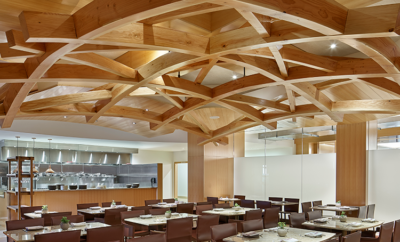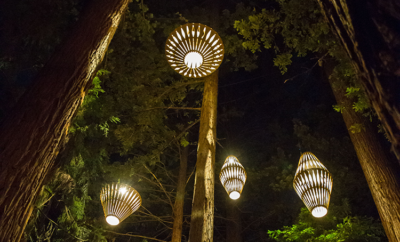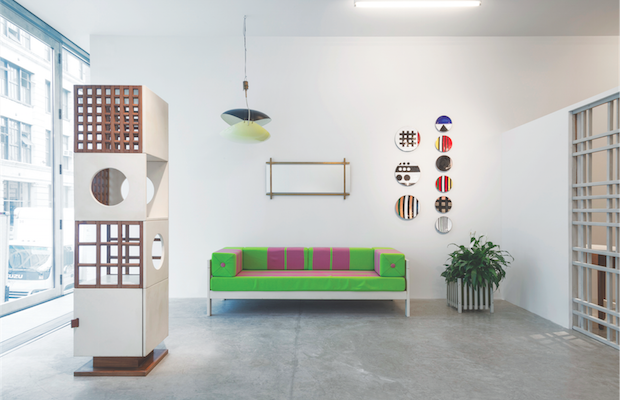 Adam Reich Photo
Adam Reich Photo
Design
Marc Benda: A Lifelong Passion for Design
OVER THE LAST DECADE, MARC BENDA has established himself as a discerning and deeply intelligent force in the world of contemporary design. In 2007 he joined with Barry Friedman, since retired, to open their eponymous gallery in Chelsea. This past May, an exhibition entitled dna10 looked back to the gallery’s beginnings to honor its tenth anniversary in a show that featured the work of twenty-one artists and designers from five continents—showing both historic modern objects and contemporary work and demonstrating Friedman Benda’s wide scope. In this interview, MODERN contributing editor Al Eiber speaks with Benda about his upbringing, his passion for design, and his curatorial eye.
AE: You are celebrating your tenth anniversary. Can you discuss the recent exhibition that commemorated this significant moment in the gallery’s history?
MB: Normally, our shows are monographic and developed over months, more often years, with a single designer and his or her studio. Once a year we invite an outside curator who brings a fresh vision in design to the gallery. This one time, I wanted to prepare an exhibition that is both personal and satisfies my desire to lay out our vision, to show what has been driving us to keep pushing boundaries. Perhaps we will fail and the show will end up being too chaotic, but it will have been a fun process.
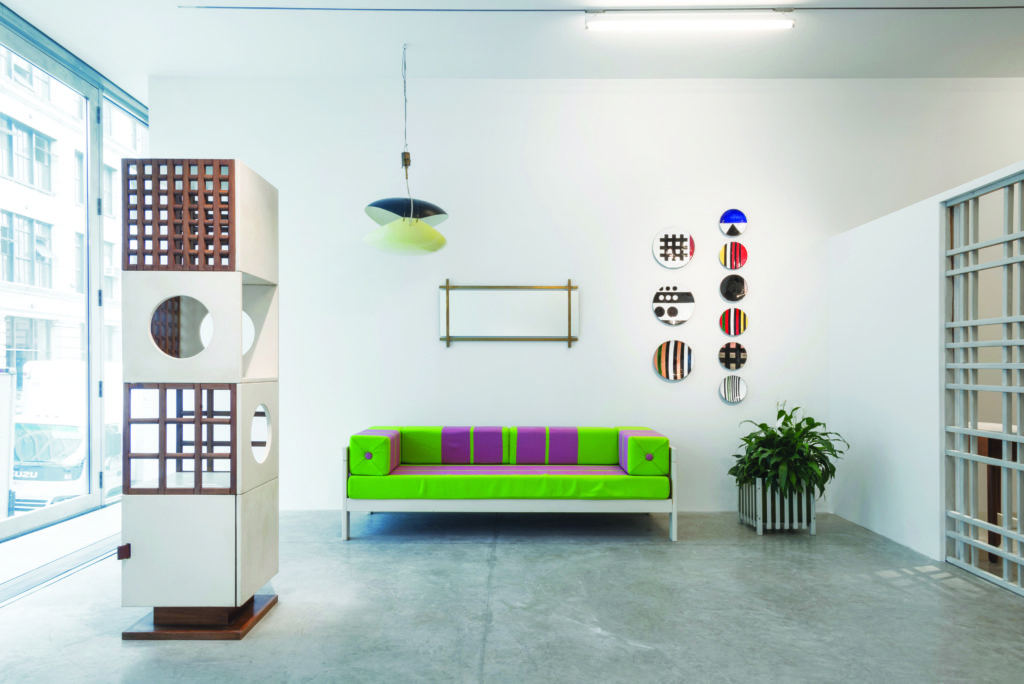
Ettore Sottsass 1955–1969, installation at Friedman Benda, September 10– October 17, 2015. Friedman Benda and the Ettore Sottsass Studio/Adam Reich Photo
AE: Let’s go back to the beginning, how did you get into the business?
MB: It happened so naturally that I cannot put a real start date to it. My parents were passionate collectors of decorative arts for many years. We spent many holidays and weekends going to flea markets and brocante, or bric-a-brac, shops that used to dot the French landscape. In those days you could find many good objects almost anywhere in Europe. My parents engaged with dealers to learn about the material they were coveting. The hunt for the objects was very exciting to me from a young age, and I was a collector at heart. From post stamps to vintage Disney toys and soccer stickers, I caught the bug early on and I have not yet found a cure.
After I graduated from high school, my mother started a gallery operating out of a warehouse in Zurich. I was living in Paris for a few months and would scour the flea markets and Left Bank galleries every weekend to find objects for her to sell. In the following few years, I became very passionate about Murano glass and started building a network of dealers and some buyers. It was in those years that I met Barry Friedman, too. He took me under his wing and simultaneously gave me the space to grow and beat my own path.
AE: I know you speak multiple languages. How many?
MB: I am able to converse in four, though I don’t have a very good accent when speaking any of them.
AE: Why did you decide to open in New York and not in Europe?
MB: When I was twenty, I visited a friend in New York, visiting by myself for the first time (and second time overall). It was such a revelation, the energy, the sheer power pulsing through the streets of this city. I wanted to live here and build my life here. New York is the place where you can do what I set out to do.
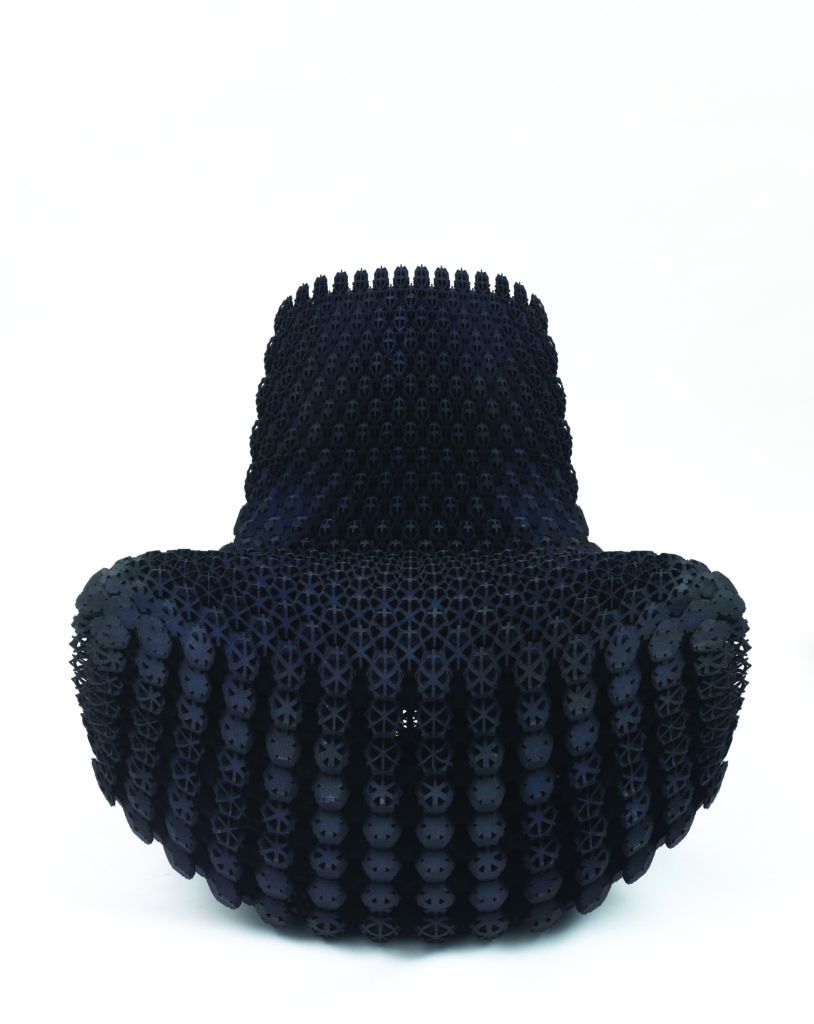
Joris Laarman’s Soft Gradient Chair (Dual Cell), 2014, from his Microstructures series, is constructed of thermoplastic polyurethane, a 3-D printed material. Friedman Benda and Joris Laarman/Adam Reich Photo
AE: How do you find your talent? How do you evaluate whether to represent a talented industrial designer?
MB: Usually our relationships grow over extended periods. I keep a dialogue with many designers and artists, sometimes over years, before we decide to collaborate. Finding the right match is very important, and usually that is based on personality as much as on the nature of the work. You want this to become a true partnership, something with room to grow and evolve over the years. As in life and in love, working relationships require understanding, patience, nurturing, and a mutual commitment.
AE: What’s more fun, working with current design or working with historical pieces?
MB: I grew up looking for historical works, and loved the hunt, the research, the excitement when something bought on a hunch turned out to be better than expected. We have handled some very important works over the years, many of which are now in museums. Sometimes you follow an object for years before it is yours.
Working with a living designer can be even more exciting, though: there are projects that take years to come to fruition. You may first see a sketch or a model for something new, have the germ of an idea explained in a conversation. Following the sometimes many and excruciating steps of a project to completion can cost you some gray hairs or make you question your sanity. However, when you stand in the room with the finished piece you only remember the beautiful parts. It is as if we constantly give birth to beautiful babies, and always forget the diaper changes and sleepless nights.
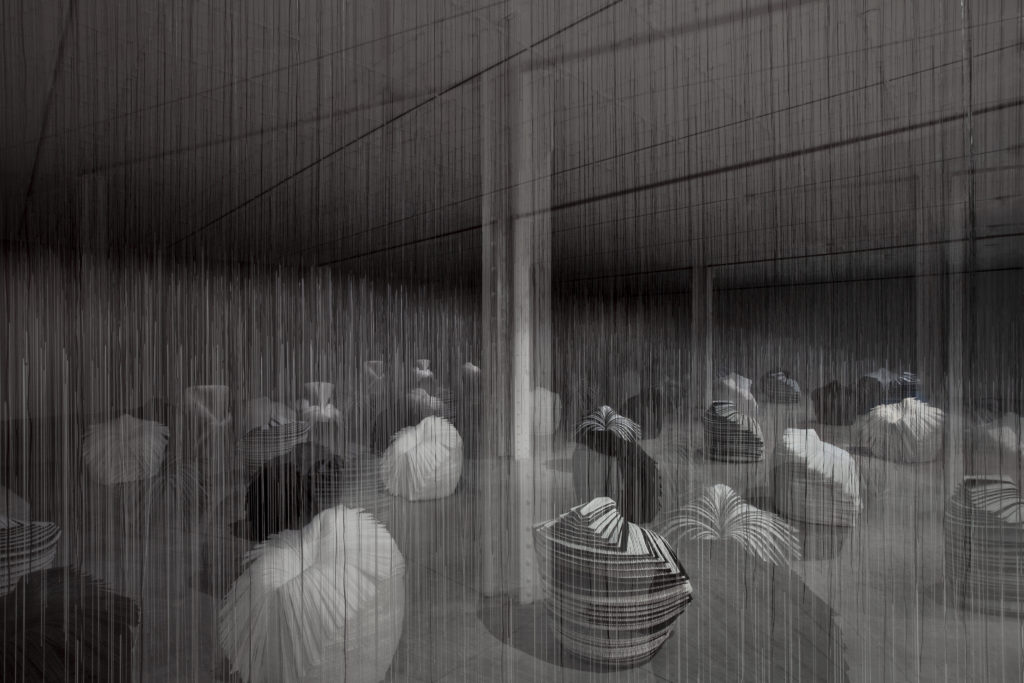
Nendo’s Cabbage chairs, handcrafted from folded paper rolls used in Issey Miyake’s pleat-making process, on view in nendo: Ghost Stories, an installation on view February 27–April 11, 2009. Friedman Benda and nendo/Jimmy Cohrssen Photo
AE: If you had $1,000 to buy a design piece, what would you recommend? What if you had $100,000?
MB: I love design, and I love smart design. Often, smart objects don’t need to be very expensive. I am perhaps the wrong person to ask this question, as I value the objects I covet more highly than the money I need to spend (and first earn) to buy them. With $1,000 I would probably go for a nice piece of iconic American design. There are so many great design pieces available from eBay and countless vintage shops across the country. Objects that tell a story, have a place in history, that are relevant in their context, and have a beautiful presence in your life.
With $100,000, that is a different story. I would allocate $1,000 to buy books first. Another $4,000 to fly around and visit museums, dealers and see exhibitions, talk to people. Learn. With the remaining $95,000 I would buy the best object I could find. I would not buy a hundred things, I would buy that one object I could not live without. It would be the best piece I could ever buy.


